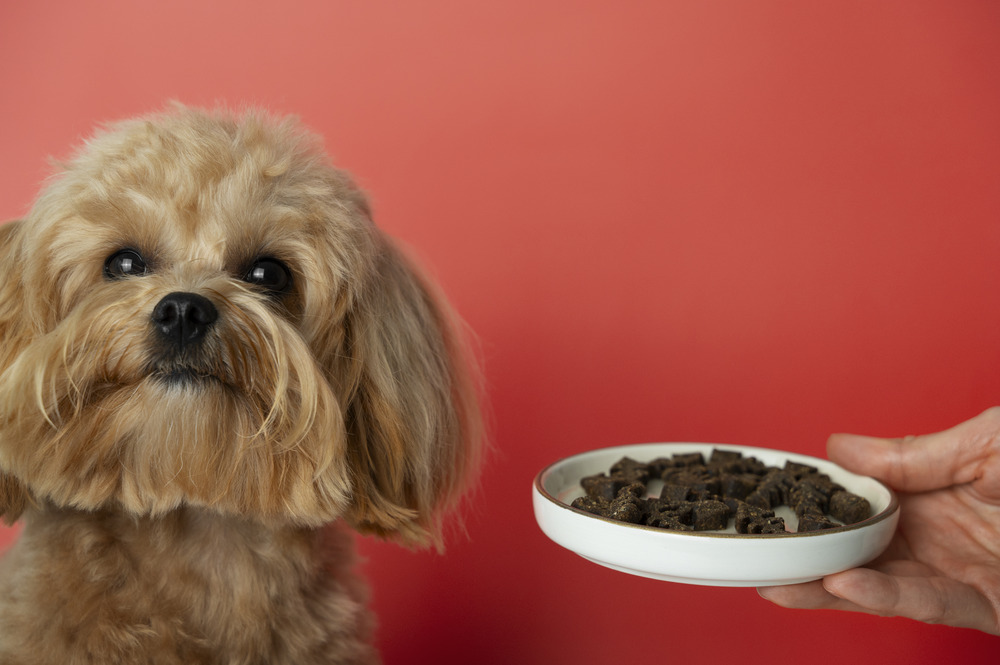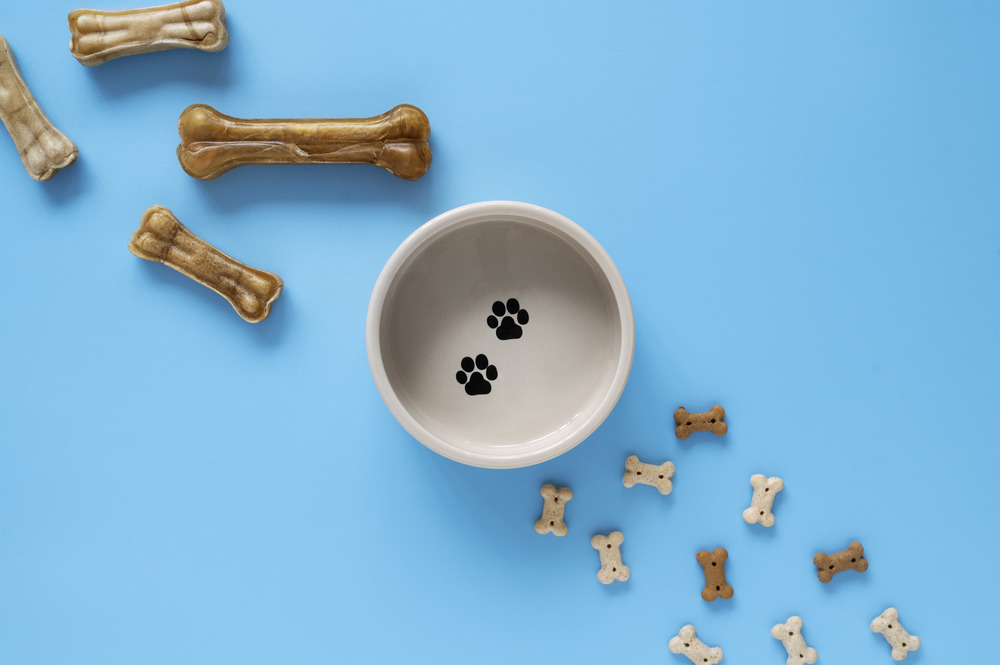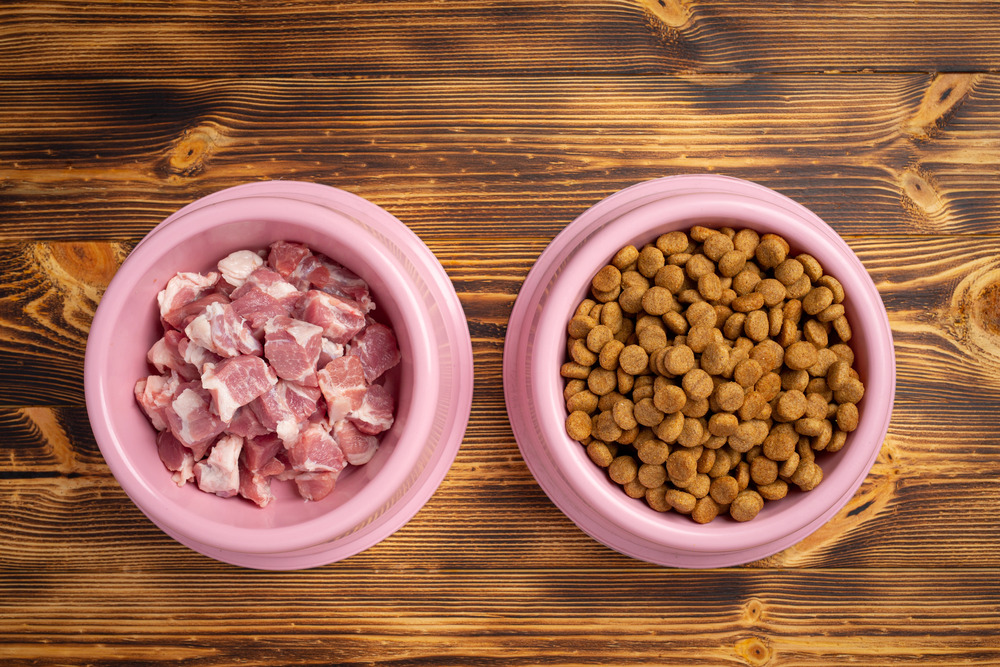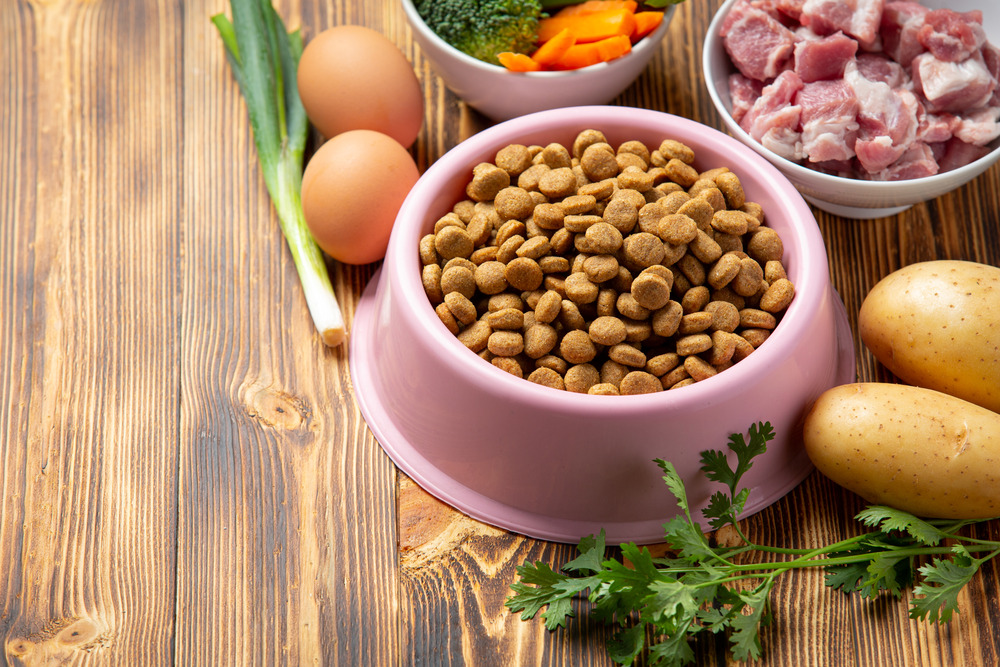As pet owners, we all want the best for our furry companions. With the rising awareness of pet nutrition, many are turning to homemade pet food as a healthier alternative to commercial options. Not only can you control the ingredients, but you can also tailor meals to meet your pet's specific dietary needs. In this blog, we will explore some nutritious DIY pet food recipes, backed by statistics on pet health, and provide you with clear tables to help you get started. 🐾

The Importance of Homemade Pet Food
According to a survey conducted by the American Pet Products Association (APPA), approximately 67% of U.S. households own a pet, which translates to about 85 million families. With such a significant number of pets, the demand for high-quality pet food has skyrocketed. A study by the Association for Pet Obesity Prevention found that 60% of cats and 56% of dogs in the U.S. are classified as overweight or obese. This alarming statistic highlights the importance of providing balanced and nutritious meals for our pets.
Benefits of Homemade Pet Food
- Control Over Ingredients: You can choose fresh, high-quality ingredients without fillers or preservatives.
- Customization: Tailor meals to your pet's specific health needs, allergies, or preferences.
- Cost-Effective: Making your own pet food can be more economical than buying premium commercial brands.
- Bonding Time: Cooking for your pet can strengthen your bond and make mealtime more enjoyable.
Essential Ingredients for Pet Food
When preparing homemade pet food, it's crucial to include a balance of proteins, carbohydrates, fats, vitamins, and minerals. Here’s a breakdown of essential ingredients:
| Ingredient Type | Examples | Benefits |
|---|---|---|
| Protein | Chicken, Beef, Fish | Builds and repairs tissues 🐔🐟 |
| Carbohydrates | Rice, Sweet Potatoes | Provides energy 🍚 |
| Fats | Fish Oil, Flaxseed | Supports skin and coat health 🐕 |
| Vegetables | Carrots, Spinach | Rich in vitamins and fiber 🥕 |
| Supplements | Calcium, Omega-3 | Ensures balanced nutrition 💊 |
DIY Pet Food Recipes
Recipe 1: Chicken and Rice Delight
Ingredients: - 1 cup of cooked chicken (shredded) - 1/2 cup of cooked brown rice - 1/4 cup of carrots (chopped) - 1/4 cup of peas (cooked) - 1 tablespoon of fish oil
Instructions: 1. In a large bowl, combine the shredded chicken, brown rice, carrots, and peas. 2. Drizzle with fish oil and mix well. 3. Serve warm and store leftovers in the refrigerator for up to 3 days.
Recipe 2: Beef and Sweet Potato Stew
Ingredients: - 1 pound of ground beef - 1 cup of sweet potatoes (cubed) - 1/2 cup of green beans (chopped) - 1/4 cup of carrots (chopped) - 4 cups of water
Instructions: 1. In a pot, brown the ground beef over medium heat. 2. Add sweet potatoes, green beans, carrots, and water. 3. Bring to a boil, then reduce heat and simmer for 30 minutes. 4. Let it cool before serving. Store in the fridge for up to 5 days.
Recipe 3: Fish and Veggie Medley
Ingredients: - 1 cup of cooked fish (salmon or tuna) - 1/2 cup of quinoa (cooked) - 1/4 cup of spinach (chopped) - 1/4 cup of zucchini (chopped) - 1 tablespoon of olive oil
Instructions: 1. In a bowl, mix the cooked fish, quinoa, spinach, and zucchini. 2. Drizzle with olive oil and stir until well combined. 3. Serve fresh and refrigerate any leftovers for up to 4 days.
Nutritional Analysis of Homemade Pet Food
To ensure your pet is getting a balanced diet, it’s essential to analyze the nutritional content of the meals you prepare. Here’s a comparison of the nutritional values of the recipes mentioned above:
| Recipe | Protein (g) | Carbohydrates (g) | Fats (g) | Calories |
|---|---|---|---|---|
| Chicken and Rice Delight | 30 | 40 | 10 | 350 |
| Beef and Sweet Potato Stew | 25 | 35 | 15 | 400 |
| Fish and Veggie Medley | 28 | 30 | 12 | 360 |
Tips for Transitioning to Homemade Pet Food
Transitioning your pet to homemade food should be done gradually to avoid digestive upset. Here are some tips:
- Start Slow: Mix a small amount of homemade food with your pet's current food, gradually increasing the homemade portion over a week.
- Monitor Health: Keep an eye on your pet's weight, coat condition, and energy levels during the transition.
- Consult a Vet: Always consult with your veterinarian before making significant changes to your pet's diet, especially if they have existing health issues.
Conclusion
Making homemade pet food can be a rewarding experience for both you and your furry friend. With the right ingredients and recipes, you can provide nutritious meals that promote health and happiness. Remember to keep your pet's specific needs in mind and consult with a veterinarian if you have any concerns. For more information on pet nutrition, you can visit the American Kennel Club or the ASPCA. Happy cooking! 🐶❤️




